Hydrogen Digest: July 1, 2014
In today’s hydrogen digest: Toyota asks the National Highway Traffic Safety Administration for a two-year exemption on its FCV; the automaker banks on subsidies to help the FCV leave the showrooms at home and abroad; and ammonia may be the secret to hydrogen’s success as a fuel.
Bloomberg reports Toyota is asking the NHTSA for a two-year exemption from FMVSS No. 305, which requires automakers to isolate high-voltage parts in electric cars in the event of a crash. The FCV doesn’t meet this rule in full because said isolation would render the vehicle inoperable, opting instead to use insulation on high-voltage cables and related components to protect first responders and occupants from potential electrical shocks in the event of a low-speed accident. Toyota claims the protections will be at least equal to those in compliance with the agency’s rule.
Meanwhile, Automotive News says the automaker is banking on subsidies at home and in markets such as the United States and Europe to help the FCV leave the showroom toward the path of success. The ¥7 million ($69,000 USD) will need a sizable credit to match its Lexus-esque pricing when it goes on sale in Japan next April; the highest subsidy is ¥850,000 (approximately $8,400). As for the U.S., where fueling infrastructure is woefully inadequate, Toyota may instead opt to lease the FCV, details of the plan still in discussion.
Finally, Autoblog Green reports ammonia may be the way toward the hydrogen future. The Science and Technologies Facilities Council in Swindon, England have discovered a process which cracks ammonia into nitrogen and hydrogen using sodium amide as the catalyst. The lower-cost process could be conducted on-board an FCV via an ammonia decomposition reactor no bigger than a 2-liter bottle of Coke, providing enough power for “a mid-range family car” while easily handling NOx-free tailpipe emissions. The STFC is now in the process of building a low-energy demonstration system to prove ammonia’s viability as a source of hydrogen fuel.
Seattle-based writer, blogger, and photographer for many a publication. Born in Louisville. Raised in Kansas. Where I lay my head is home.
More by Cameron Aubernon
Latest Car Reviews
Read moreLatest Product Reviews
Read moreRecent Comments
- Bill Wade I was driving a new Subaru a few weeks ago on I-10 near Tucson and it suddenly decided to slam on the brakes from a tumbleweed blowing across the highway. I just about had a heart attack while it nearly threw my mom through the windshield and dumped our grocery bags all over the place. It seems like a bad idea to me, the tech isn't ready.
- FreedMike I don't get the business case for these plug-in hybrid Jeep off roaders. They're a LOT more expensive (almost fourteen grand for the four-door Wrangler) and still get lousy MPG. They're certainly quick, but the last thing the Wrangler - one of the most obtuse-handling vehicles you can buy - needs is MOOOAAAARRRR POWER. In my neck of the woods, where off-road vehicles are big, the only 4Xe models I see of the wrangler wear fleet (rental) plates. What's the point? Wrangler sales have taken a massive plunge the last few years - why doesn't Jeep focus on affordability and value versus tech that only a very small part of its' buyer base would appreciate?
- Bill Wade I think about my dealer who was clueless about uConnect updates and still can't fix station presets disappearing and the manufacturers want me to trust them and their dealers to address any self driving concerns when they can't fix a simple radio?Right.
- FreedMike I don't think they work very well, so yeah...I'm afraid of them. And as many have pointed out, human drivers tend to be so bad that they are also worthy of being feared; that's true, but if that's the case, why add one more layer of bad drivers into the mix?
- ChristianWimmer I have two problems with autonomous cars.One, I LOVE and ENJOY DRIVING. It’s a fun and pleasurable experience for me. I want to drive my cars, not be driven by them.Two, if autonomous cars have been engineered to a standard where they work 100% flawlessly and don’t cause accidents, then freedom-hating governments like the POS European Union or totally idiotic current German government can literally make laws which ban private car ownership in their quest to save the world from climate change bla bla bla…



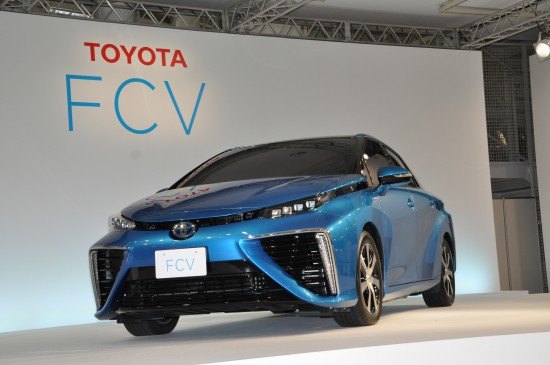












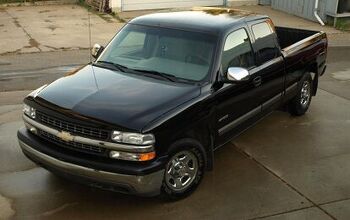
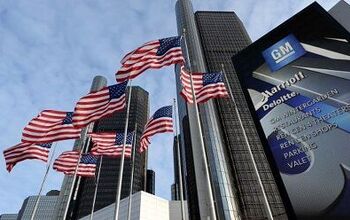


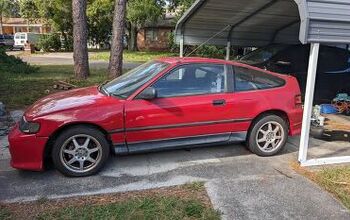
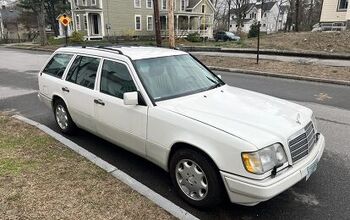


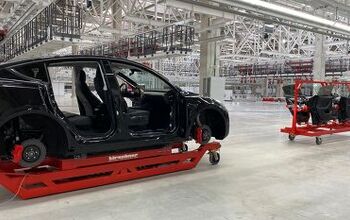
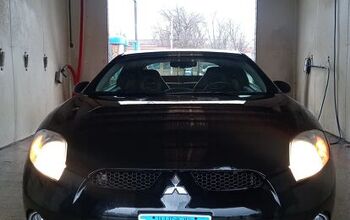

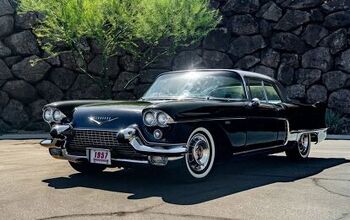




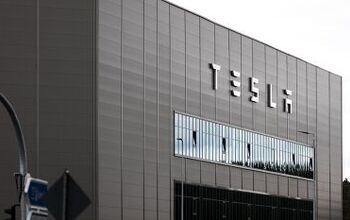
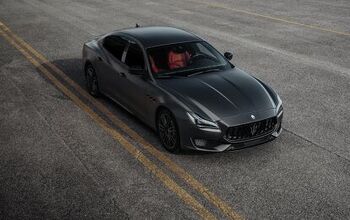
Comments
Join the conversation
I'm not really concerned about a crash leading to a hydrogen leak. I am more concerned about a crash leading to a leak of anhydrous ammonia. There's a reason it's not used as a refrigerant in normal consumer applications.
Well, to be fair to the 300 scientists that bought into this report, they did so at least partially based on the false data NOAA utilized. I have run into this kind of thing in my career a few times. Most notably when the state of CA initially demanded that I use accepted dust modeling parameters for a large expansion permitting project at an existing facility. When the modeling showed that every dirt road at the facility would lose over 8 feet of thickness in 10 years, they had to reluctantly back down from this, and use real data (of which we possessed 7 years).